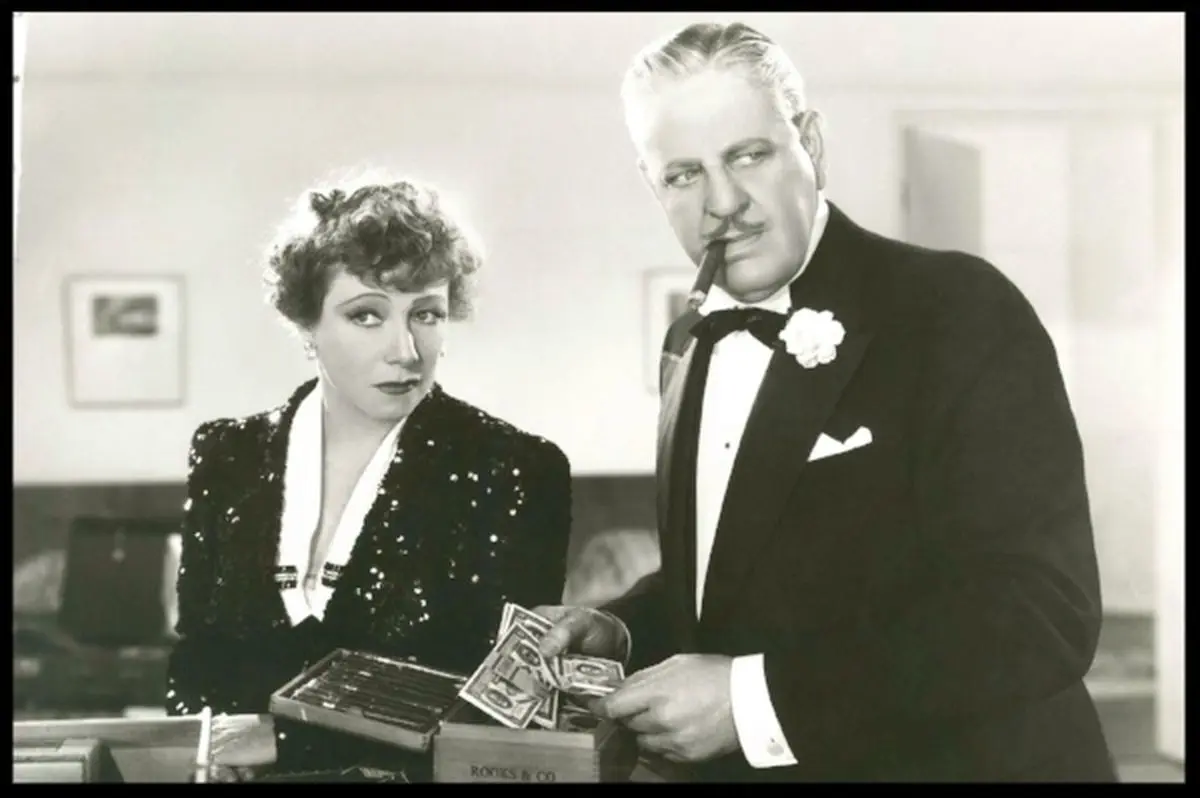
Table of Contents
What’s Larceny?
A grand larceny lawyer defends you when you’re charged with theft.
“Larceny” is theft: stealing property.
In New York, larceny is defined by the Penal Law:
“A person steals property and commits larceny when, with intent to deprive another of property or to appropriate the same to himself or to a third person, he wrongfully takes, obtains or withholds such property from an owner thereof.”
Petty larceny (spelled “petit larceny” in the Penal Law) is the basic crime of theft:
“A person is guilty of petit larceny when he steals property.”
Petty larceny occurs when a person steals any kind of property, regardless of its value. It includes theft every kind of theft.
Grand larceny is petty larceny, plus at least one additional factor. In general, grand larceny involves stealing property that has substantial value.
Grand larceny ranges from grand larceny in the fourth degree (punishable by up to 4 years in prison), to grand larceny in the first degree (punishable by up to 25 years).
What’s Grand Larceny?
Grand larceny in the fourth degree occurs when a person steals any of the following items:
- Property worth more than $1,000.
- “Public records”.
- “Secret scientific material”.
- A credit card.
- A debit card.
- Property “taken from the person of another” (by pickpocketing, for example).
- Property obtained by extortion.
- A firearm.
- A rifle.
- A shotgun.
- A motor vehicle worth more than $100.
- Certain “religious symbols”.
- A “telephone calling card number, credit card number, account number, mobile identification number, electronic serial number or personal identification number that can be used to obtain telephone service”.
- “Anhydrous ammonia or liquified ammonia gas” to be used in manufacturing methamphetamine.
Grand larceny in the third degree occurs when a person steals: i) property worth more than $3,000, ii) an ATM, or iii) the contents of an ATM.
Grand larceny in the second degree occurs when a person: i) steals property worth more than $50,000; or ii) commits certain types of extortion.
Grand larceny in the first degree occurs when a person steals property worth more than $1,000,000.
Mitigating Factors
People steal for many reasons.
Sometimes, certain explanations for criminal behavior can reduce how blameworthy a prosecutor or judge might view you to be. For example, a mental disorder might be viewed as a mitigating factor in a grand larceny case. The same might be true of drug addiction, peer pressure, or the need to feed one’s children. These types of explanations are known as “mitigating factors”.
If the evidence against you is strong, my job might involve helping the Court understand mitigating factors that weigh in your favor.
If you’ve been caught stealing property, your grand larceny lawyer needs to understand what motivated you to steal. Your explanation might justify reducing the charges against you, or sometimes even dismissing them.
Mitigating factors sometimes lead to better outcomes.
Contact Your Grand Larceny Lawyer
Schedule a FREE CONSULTATION with Bruce Yerman, Attorney at Law
Rehabilitation
I sometimes divert clients accused of stealing to appropriate rehabilitative opportunities, such as psychotherapy, drug treatment, job training and education.
Successful completion of an appropriate rehabilitative program can demonstrate a decreased risk of re-offending in the future.
Rehabilitation sometimes leads to more favorable plea bargains.
Restitution
“Restitution” eliminates or reduces financial loss suffered by victims.
Restitution involves making the property owner whole, or closer to whole, by: i) returning stolen property; ii) reimbursing the property owner for the value of property that can’t be returned; or iii) a combination of the first two options.
Paying restitution before a guilty plea can sometimes benefit you more than paying after you plead guilty.
Paying full restitution can potentially benefit you more than paying partial restitution. Paying a greater sum of partial restitution can benefit you more than paying a lesser sum.
Restitution sometimes leads to more favorable plea bargains.
Plea Bargaining
Depending on circumstances, a favorable plea bargain in a grand larceny case might include any of the following outcomes:
- Adjournment in contemplation of dismissal.
- Reduced plea to a non-criminal offense.
- Reduced plea from a felony to a misdemeanor.
- Reduced plea from a felony to a less serious felony.
- Sentence of probation or other non-jail sentence, rather than jail time.
- Less jail time.
The plea bargain offered in your case depends on the amount stolen, the evidence against you, mitigating factors, rehabilitation, and restitution.
Going to Trial
The best outcomes occur when the evidence against you is weak.
The evidence against you might be weak because you’re innocent. However, even if you committed a crime, the evidence against you might be weak. Innocent or guilty, it’s extremely important for your grand larceny lawyer to understand the strength of the evidence against you.
When the District Attorney goes to trial with weak evidence, your chance of acquittal increases. Pushing your case to trial against weak evidence sometimes leads to dismissal. Sometimes it leads to better plea bargains.
Going to trial against weak evidence, or threatening to go trial against weak evidence, is often a good strategy.
Your lawyer must thoroughly investigate your case to determine the strength of the evidence against you, whether you committed the crime or not. Only then can your lawyer leverage weakness in the DA’s case to your advantage.
Free Consultation
Bruce Yerman is a grand larceny lawyer in New York City. His office is located in Suite 1803 of 299 Broadway in Manhattan. If you’d like a free consultation to discuss criminal defense or family law, call Bruce at:
Or email Bruce a brief description of your situation:
